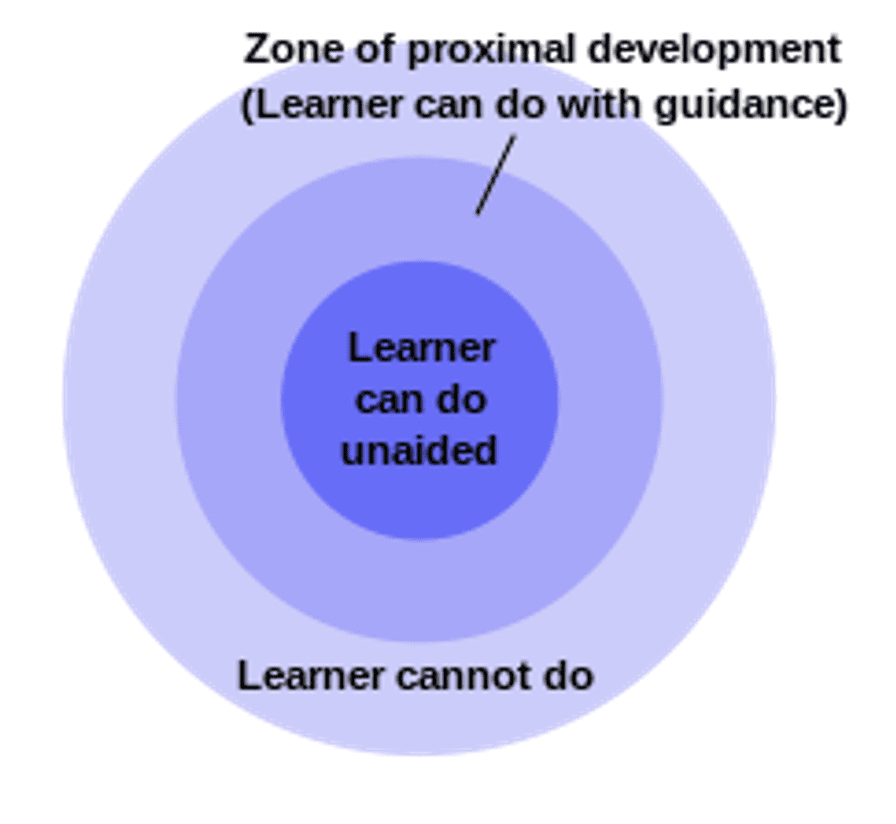
Many of the sailors were nervous prior to their first sail on a high-octane skiff, but their hesitation was replaced by excitement after a successful first morning on the water. And after three days of practice, land drills, discussions and debriefs, confidence levels and enthusiasm were through the roof. As one parent commented following the clinic, “a passion has been ignited…”.
What makes the Learn2Skiff format so effective? To me it comes down to the accelerated learning environment created by the boats, the mentoring, and the sailors:
- The Boats: The 29er is fast and unstable, making mistakes and capsizes inevitable and frequent. The Learn2Skiff format teaches sailors to embrace the challenge and includes plenty of extra support. With four 29ers, three coach boats, and 15 sailors, there were always extra hands available and fresh sailors to rotate in.
- The Mentoring: One of the secrets of the Learn2Skiff format is that experienced 29er sailors sail with the new sailors. The newbies in Hampton were incredibly lucky to sail with experts Jake Julien and Cooper Delbridge, who demonstrated technique and gave the new sailors a chance to FEEL a fast, balanced boat. With the feeling fresh in their muscles and minds, they then attempted to recreate it as skippers and crews and with new partners, learning from mistakes throughout.
- The Sailors: They taught each other. They supported each other. They bonded through shared adversity. Why? They were already picking up on the collaborative approach that Phil calls “skiff culture” (for more on skiff culture, check out the 2NINER blog).
A great learning environment can be described in many ways. In the coachboat Phil mentioned the Zone of Proximal Development (ZPD) which a quick Wikipedia search defined as:
“the distance between what a learner is capable of doing unsupported, and what they can do supported.”

First produced in 1998, the 29er is not a new boat, but in many ways it is evergreen. It fills an important role as the international youth skiff and feeder to the Olympic 49er. It’s hull, sails and rigging are surprisingly simple, but sailing it well is a challenge for any sailor. And the steep learning curve prepares sailors for the challenges of modern sailing, whether it be in sportboats, multihulls, offshore, or foiling.
Many thanks to Hampton Yacht Club and HYC Sailing Director Maxwell Plarr for hosting an outstanding clinic and Skiff Generation for providing boats and coaching. For more information on the 29er, visit https://us29er.org/ and https://www.29er.org/
